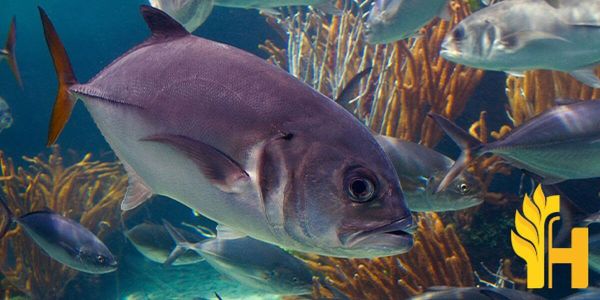Blue Runner price

Where to buy and sell Blue Runner, lowest (cheapest) and highest price.
check offers buy sell Blue RunnerToday price for Blue RunnerBlue Runner fish
Blue runner is a common species of marine fish that belongs to the Carangidae family. It is also known under several different common names such as bluestripe jack, Egyptian scad, hardtail jack, or hardnose. The fish is commonly spread in the waters of the Atlantic Oceans and ranges from Brazil to Canada, as well as from Angola to Great Britain and the Mediterranean.Blue runner belongs to the group of large marine fish. The fish grows up to 70 cm in length and might weigh up to 5.05 kg in mass. It commonly occurs in smaller sizes and usually reaches up to 35 cm in length. It is characterized by several morphological features such as the extended upper jaw, gill raker count, and lateral line scale counts. Its eyes are covered by a well-developed adipose eyelid. The dorsal fin is divided into two parts. The first one consists of 8 spines and the second one of 1 spine with up to 25 soft rays. Its anal fin consists of three spines with up to 21 soft rays. It has got falcate pectoral fins with up to 23 rays which are quite longer than the head. Its chest is completely scaled. Blue runner naturally occurs in blueish green or olive green and fades to silver grey or brassy below. Young specimens often have up to seven dark vertical lines on their bodies. The find may differ in color and usually are olive green or dusky.
The fish is quite widely distributed through the waters of the tropical and temperate waters of the Atlantic Oceans. It is quite an important species to commercial fisheries in the regions of its range. It may even be one of the primary species in the fishery industry. Blue runner is usually fished with the use of halu sines, purse seines, gill nets, hook, and line, as well as lampara nets methods. It is often sold fresh, dried, smoked, or turned into oil or bait.
Apart from its importance for the industrial fishery, the blue runner is of great importance to recreational fisheries. It is often fished for food and as bait. However, the larger specimens may carry the ciguatera toxin in their flesh and should be tested before consumption.
Global blue runner production
In 2014, blue runner production totaled 1.2 million tons, the majority of which came from China (600 thousand tons). Peru was the second largest producer with 400 thousand tons, followed by Chile (200 thousand tons) and Indonesia (100 thousand tons). Other significant producers included Vietnam (50 thousand tons) and India (40 thousand tons). The United States was a relatively small producer of blue runner fish, with just 10 thousand tons in 2014. Most blue runner fish are used for human consumption, though a significant portion is also used for animal feed and other purposes. In 2014, around 1 million tons of blue runner fish were used for human consumption, while the rest was used for animal feed (200 thousand tons) and other purposes (100 thousand tons). Blue runner fish are popular for their taste and nutritional value. They are a good source of protein, omega-3 fatty acids, and vitamins A and D. Blue runner fish are commonly eaten cooked, though they can also be eaten raw. They are often used in sushi and sashimi. The global blue runner fish market is expected to grow in the coming years, driven by rising demand from the Asia Pacific. In particular, China and India are projected to be the key growth markets for blue runner fish, due to their large populations and growing middle class. The rising health consciousness among consumers is also expected to drive demand for blue runner fish, as they are seen as a healthier alternative to other meats.Download our new
Husfarm App
Stay up to date with the current prieces of agricultural products all over the world.
Do you want to sell agricultural products?
Are you an Agricultural processor looking for high-quality products to buy?
Post an ad for FREE!
